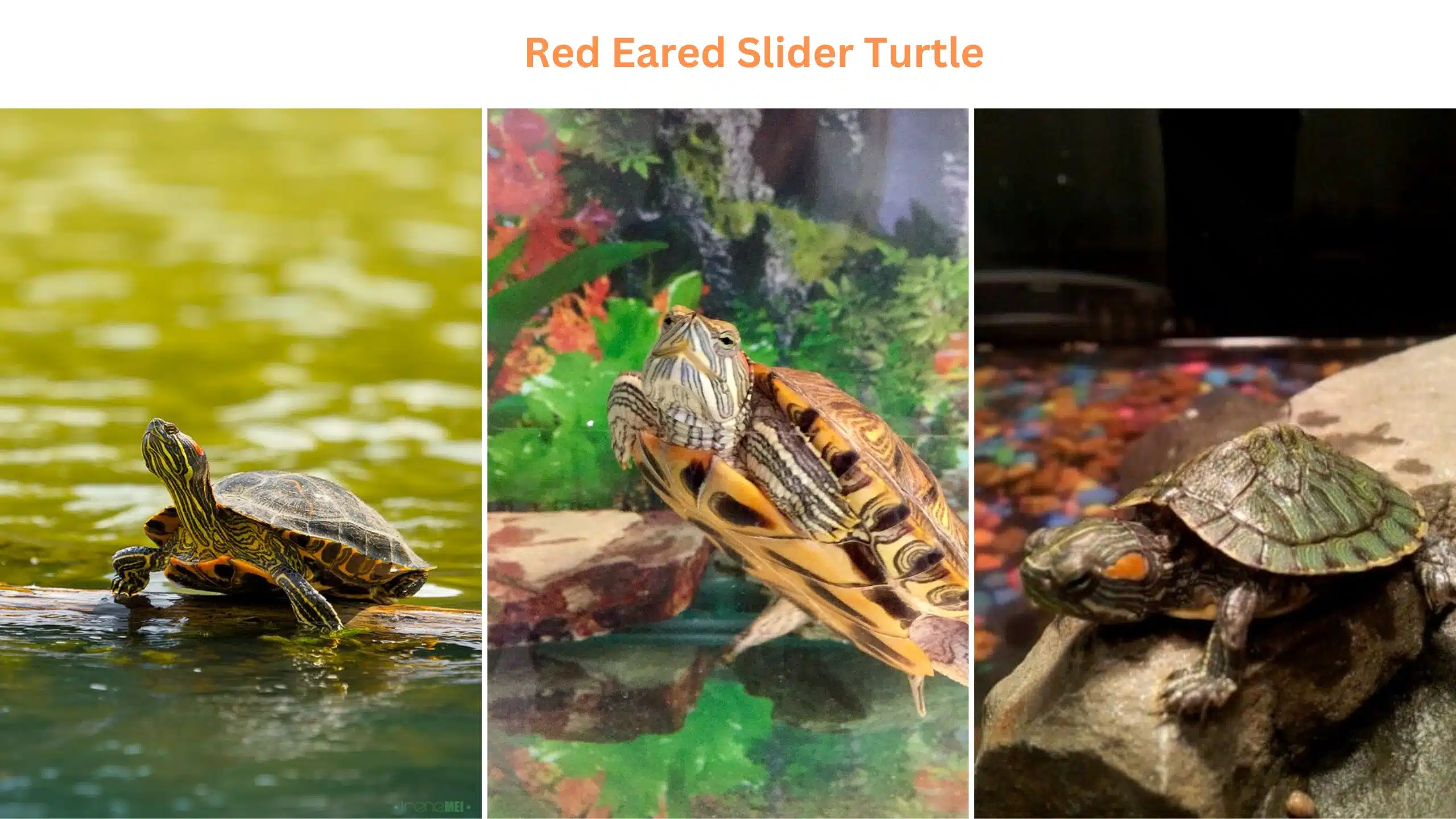Last Updated on February 11, 2024 by Aftab Tariq
Red-eared slider, native to North America, gets its name from the red streaks on its face. It mostly lives in water but sometimes comes out to bask on rocks or logs. The term “slider” refers to their habit of laying together while basking and swiftly returning to water if they feel threatened.
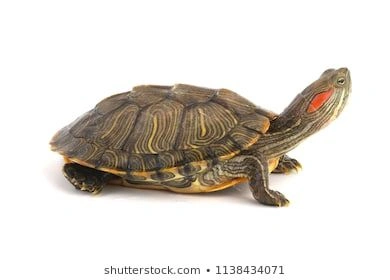
Red-eared sliders, popular aquatic turtles, need special lighting and a balanced diet. They demand constant care due to high maintenance and long life (up to 20 years).
Despite seeming manageable initially, they’ll outgrow tanks, needing ongoing attention. Your new pet slider will appreciate your research before getting a turtle.
1: What is Red Eared Slider Turtle Baby?
Red-Eared Slider Turtles requires diligent effort, often underestimated by many. Contrary to pet store expectations, these turtles grow significantly larger, necessitating spacious enclosures, specialized lighting, and a tailored diet.
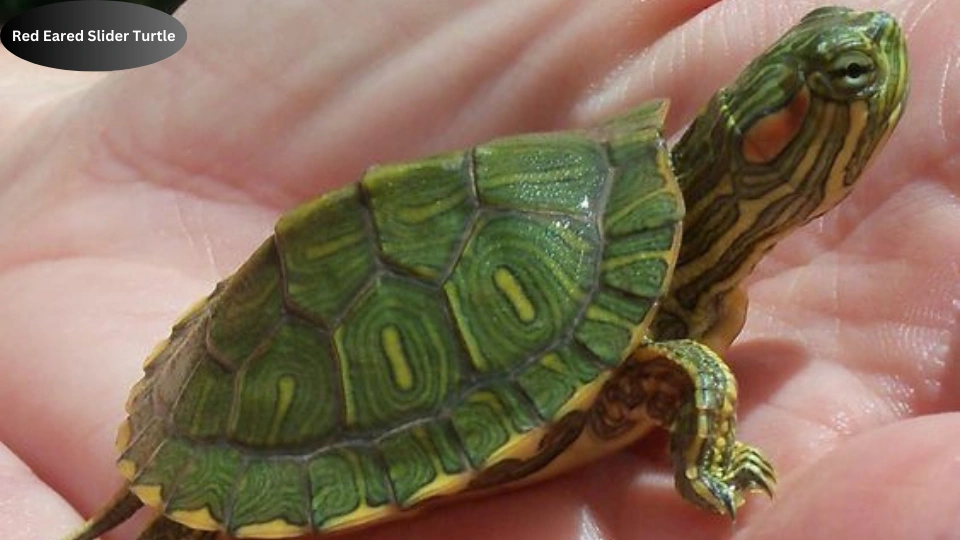
Providing a habitat that mimics their natural environment is key to their well-being. Prospective owners should be aware of the commitment involved to ensure these fascinating reptiles thrive in captivity.
Learn about the unique needs of Red-Eared Slider Turtles and create an ideal environment for their health and happiness.
2: Turtle Choosing

Are you considering getting a red-eared slider turtle as a pet? Before you make that decision, it’s crucial to ensure that you’re bringing home a healthy companion. To do so, pay attention to a few key indicators. First and foremost, observe its swim pattern, eyes, shell, and overall level of activity.
Consider these simple yet essential factors to gain valuable insights into the well-being of your potential red eared slider turtle pet.
Whether you choose to buy from a reputable source or consider adopting from a rescue, being aware of these signs will help you make an informed decision and ensure a happy, healthy life for your new reptilian friend.
3: Turtle Feeding

Caring for a Red-eared slider turtle includes ensuring a well-rounded red eared slider turtle diet that incorporates both meat and plants. As they age, these turtles lean towards a more herbivorous preference. Commercial turtle pellets are a reliable base for their nutrition. Keeping your turtle healthy and your tank clean is straightforward.
While feeding outside their habitat might seem inconvenient, the long-term benefits outweigh the hassle.
This practice helps maintain water quality, preventing issues like ear infections and shell difficulties. Be mindful of overfeeding to avoid weight gain and excess waste. Striking this balance ensures the well-being of your red-eared slider turtle.
4: Turtle Housing
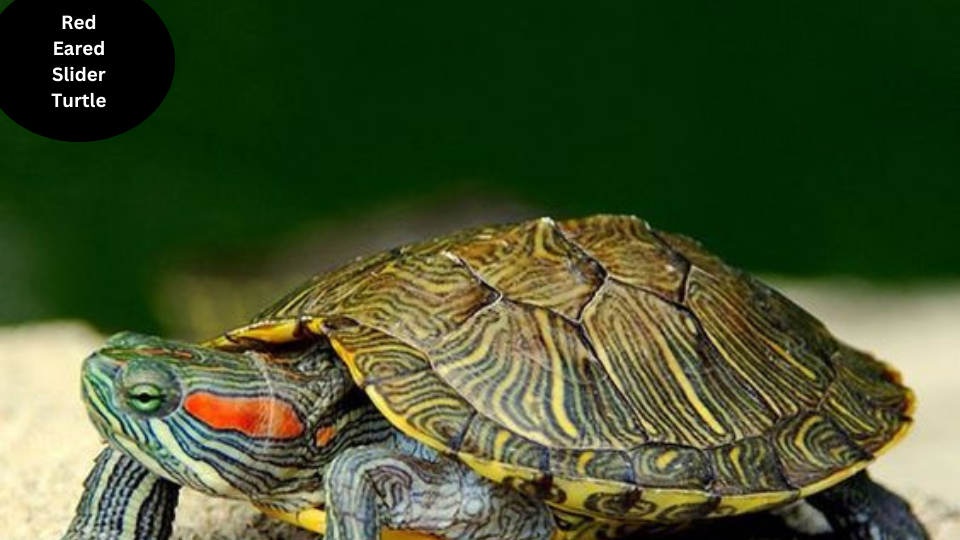
Designing an optimal Red-eared slider turtle tank setup is crucial for the well-being of these fascinating reptiles. Red-eared slider turtles involves creating an ideal habitat. While smaller Red-eared slider turtle tanks suit juveniles, older turtles thrive in a 100-gallon aquarium or larger. Creative solutions like transforming indoor ponds with plastic liners showcase owners’ dedication.
Outdoor time is an option with a well-fenced yard. Clean water, extra heat, and UVB lights are crucial, but maintenance is manageable after the initial setup. Whether in a tank or pond, providing a suitable environment ensures the ongoing well-being of red-eared slider turtles.
5: Health

Red-Eared Slider Turtle involves understanding common health challenges they may face. Many illnesses among Red-Eared Slider Turtles stem from poor eating habits and inappropriate living environments.
These issues can lead to conditions such as metabolic bone disease (MBD) or a deficiency in essential nutrients like vitamin A. Check cdc.gov/healthypets for reptiles and disease.
Recognizing and addressing these factors is crucial to maintaining the health and vitality of your Red-Eared Slider Turtle. By providing a balanced diet and suitable living conditions, you can help prevent potential health concerns and ensure a happy life for your aquatic companion.
6: Turtle Behaviour

Red-Eared Slider Turtle becomes a breeze when you grasp their typical behavior. Observing and responding to their actions, such as swimming and basking, is key to providing optimal care. If your turtle starts fluttering its claws or insists on basking only in the water, it might be conveying important messages.
Understanding these subtle cues enhances your ability to meet their needs and ensure their well-being. By tuning into your Red-Eared Slider Turtle’s behavior, you can foster a happy and healthy environment for your aquatic companion.
7: Salmonella
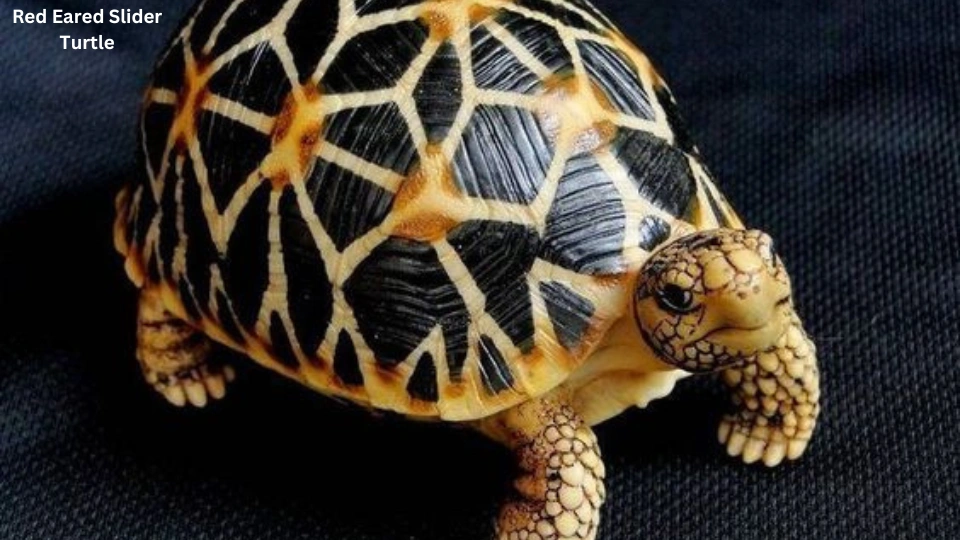
Red-Eared Slider Turtle and the occasional media buzz surrounding salmonella risks. While headlines can be alarming, understanding and managing this concern is straightforward. It’s well-known that pet turtles, including our charming Red-Eared Slider friends, may carry a potential for salmonella infection.
However, there’s no need to panic. This risk isn’t exclusive to turtles; it extends to various pets like amphibians, hedgehogs, and all reptiles. The key to reducing any potential risk is a simple habit: wash your hands. By practicing good hygiene, you can enjoy the company of your Red-Eared Slider Turtle without unnecessary worries.
8: Reproduction
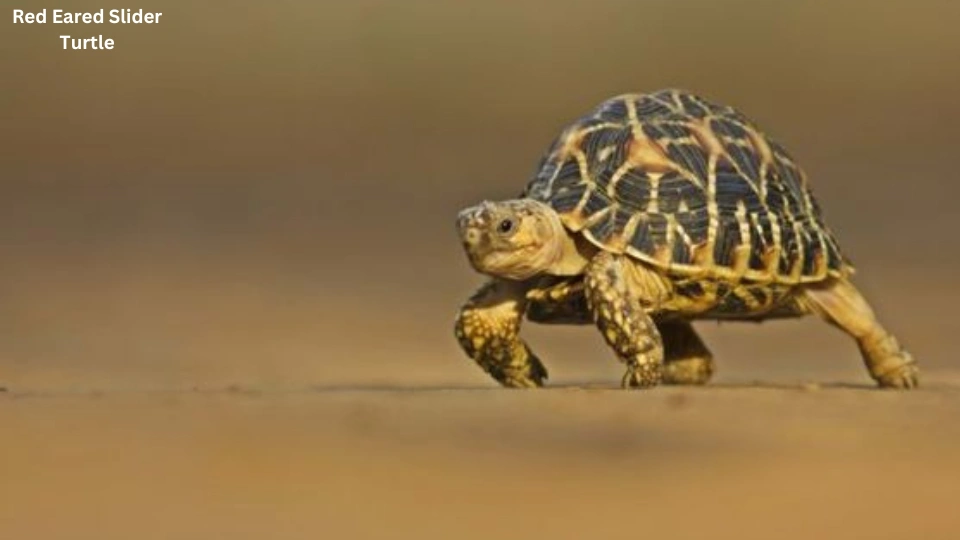
Red-Eared Slider Turtle’s mating habits is vital for responsible pet care. Mating can be challenging until these turtles reach sexual maturity, marked by distinctive features in adult males like a longer tail and extended front claws. Recognizing pregnancy in females can be tricky, as they may lay infertile eggs without a mate.
While casual breeding is discouraged, providing suitable conditions for egg-laying is crucial. Although these turtles typically deposit eggs in water, it’s not their preference.
Without a designated area, females may face complications like becoming eggbound. Proper understanding and care ensures the well-being of Red-Eared Slider Turtles throughout their reproductive journey.
Red Eared Slider Turtle Characteristics
|
Care Difficulty |
Intermediate |
|
Life Span |
20 to 30+ years |
|
Adult Red-Eared Slider Turtle Size |
6-12 inches or more |
|
Red-Eared Slider Diet |
Omnivore |
|
Red Eared Slider Turtle Full Size |
40+ gallons (minimum) |
|
Maturation Time |
5-7 years to reach adulthood |
Red Eared Slider Turtle Habitat size
Habitat size for a Red-eared Slider turtle is a minimum of 40+ gallons, with adjustments needed as the turtle grows over the 5–7-year maturation period.
Habitat Building
Substrate: Choose a suitable substrate like coconut coir or soil for proper plant growth and root development.
Décor: Incorporate natural elements like rocks, driftwood, and hiding spots to create a visually appealing and enriching environment.
Temperature: Maintain a consistent temperature range suitable for your habitat’s inhabitants; use heating or cooling devices as needed.
Lighting: Provide adequate lighting, mimicking the natural day-night cycle, to support plant photosynthesis and the well-being of diurnal animals.
Humidity: Monitor and control humidity levels to meet the specific needs of your habitat’s flora and fauna.
Turtle Habitat
Clean your turtle habitat thoroughly at least once every 3-4 weeks by following these steps:
- Transfer turtles to a temporary holding aquarium.
- Utilize a reptile habitat cleaner or a 3% bleach solution to scrub all surfaces, including aquarium décor. Allow the solution to sit for 10 minutes for effective disinfection, then rinse it off completely. Adhere to the habitat cleaner manufacturer’s instructions.
- Soak décor in water with dechlorinator added.
- Ensure a thorough rinse of the habitat and décor to eliminate any residual cleanser smell before reintroducing the turtle.
How to Take Care of a Red Eared Slider Turtle?
- Wash hands before and after handling your reptile or its habitat to prevent disease spread.
- Reptiles, including the risk of salmonella, can carry infectious diseases.
- Consult your doctor before getting a reptile, especially if pregnant, have small children, are elderly, or have a compromised immune system.
- Consider exploring other pet options to minimize health risks.
Where to Buy Red-Eared Sliders Turtle?
Red eared Slider Turtle Sale starting at just $29.99! Red eared slider turtle price may vary, so be sure to reach out to your nearby Petco to confirm availability and get the latest pricing information.
Frequently Asked Questions
What Do Red-Eared Slider Turtles Eat?
What Is the Red-Eared Slider Turtle Lifespan in Captivity?
Are red-eared sliders good pets?
Are red-eared slider turtles good for home?
Do red-eared sliders like to be held?
Sources
U.S. Fish and Wildlife Service
I am a dedicated content writer with more than five years of experience, particularly skilled in the art of storytelling. My writing journey commenced during my college years, where I pursued journalism and unearthed my talent for creating captivating narratives.

